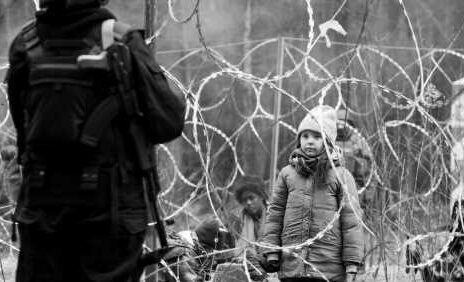Civic festivals are often born out of the need for a state to present the official view of itself. It’s where they show the people of that state what is of national importance — at least according to the government. For example, on July 24, Ecuadorians as well as many other nations celebrate the birthday of Venezuelan Simón Bolívar to commemorate his role in the liberation of South America from Spanish rule.
Fiestas Patrias, or celebrations of independence, across Latin America came about for just such a reason. At the time, the countries that we now call Latin America had just liberated themselves from Spanish rule and were navigating their new postcolonial future. No longer were they colonies ruled by another nation — however, the presence of criollos (Spanish descendants born in the colonies of Latin America, basically first-generation Latin Americans) complicated things.
Why Did Fiestas Patrias Celebrations Begin?
Too often when we talk about the history of the Americas, it’s remembered from the ideological perspective of “fighting for freedom.” In reality, a big reason behind the fight for independence hinged on the economic demands of the elite minority, i.e. the criollos.
Under the reign of Spain, the criollos were considered the ruling, upper class; in the postcolonial world, changes in the caste hierarchy meant their privileged status was beginning to erode. So, much of what influenced the formation of Fiestas Patrias in Latin America had to do with the criollos’ effort to direct the cultural narrative shift from loyal colony to independent nation. A new story needed to be told in order to continue the myth of criollo reign in the Americas.
For criollos, it was important to invent a tradition that instated them as heroes while at the same time creating a shared national identity. In other words, they knew they had to use cultural gatherings as a way to instill values and indoctrinate the lower classes.
Today, origin stories of Fiestas Patrias in Latin America are still under debate, the question being if they were “birthed by conquest” or the precolonial period. This dichotomy is still reflected in the different facets present in today’s celebrations across different countries.
It’s also important to note that African and Asian history in the Americas has all but been removed from the criollo history, as has an accurate recollection of indigenous groups’ genocide and present-day struggles.
What Do Modern-Day Fiestas Patrias Look Like?
In any given country in Latin America, there will be similar components surrounding what makes up an independence day celebration. Some are a few days, some are a week, while others can last up to a month. Speaking generally, the anatomy of a Fiesta Patrias is broken down into many different festivities that tend to spill over into the histories and folklore of other nations.
You’ll find food, dances, and music at each of the celebrations, and while each country has its own traditions, they tend to overlap. After all, borders between countries are relatively arbitrary, especially when those borders were created without taking into account indigenous land rights.
Typically, you’ll find speeches by military officials and catholic priests, military displays, religious and secular processions, and plays, as well as songs and cultural dances. There are celebrations that highlight veterans, military triumphs, and anniversaries and to commemorate historic events. For example, as a tribute to Dolores Bedoya, who in 1821 took only a lantern around Guatemala with the message that they were now an independent nation, people light the “Independence Torch” and take it by foot through Honduras, El Salvador, and Nicaragua, ending in Cartago, Costa Rica, on Sept. 14, the day before independence day.
In places like Nicaragua, celebrations include student-led, marching-band-style folklorico processions as well as rhythmic gymnastics, art exhibitions, processions of school brigades, and processions of students who excel in academics and sports.
Ecuadorians celebrate “El Dia del Primer Grito de Independencia de Quito,” which means “the day of the first declaration of independence of Quito” on Aug. 10, 1809. It was a huge and epic battle at the foot of a volcano and is the stuff of legend.
And while the history of independence for Latin America shows the Spanish as despised and unwelcome, today, they are remembered with a more paternal sentimentality. Likewise, the focus of these festivities has changed throughout history depending on who is in power, and no doubt will continue to do so.
Source: Read Full Article
